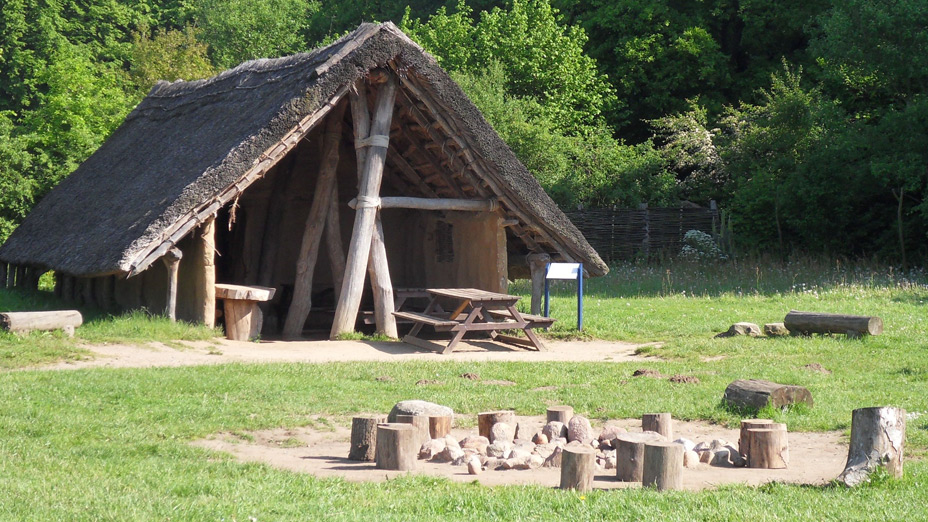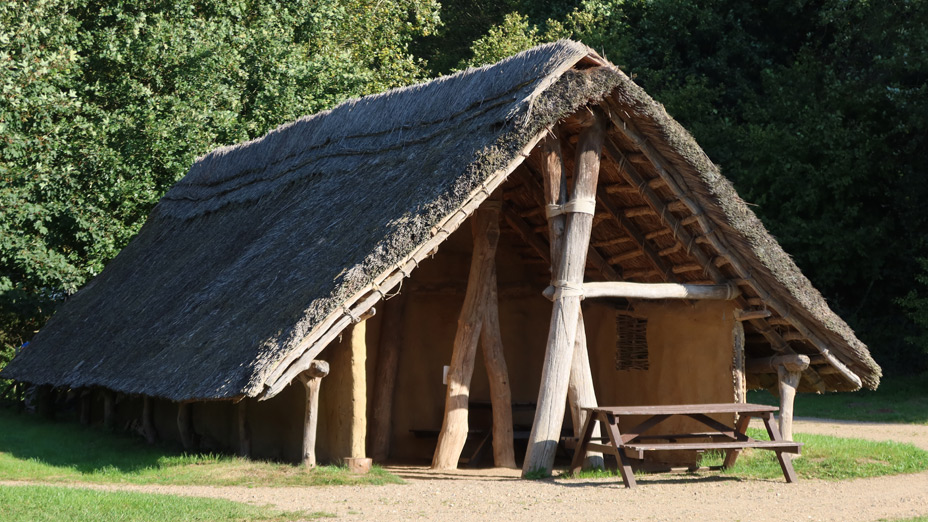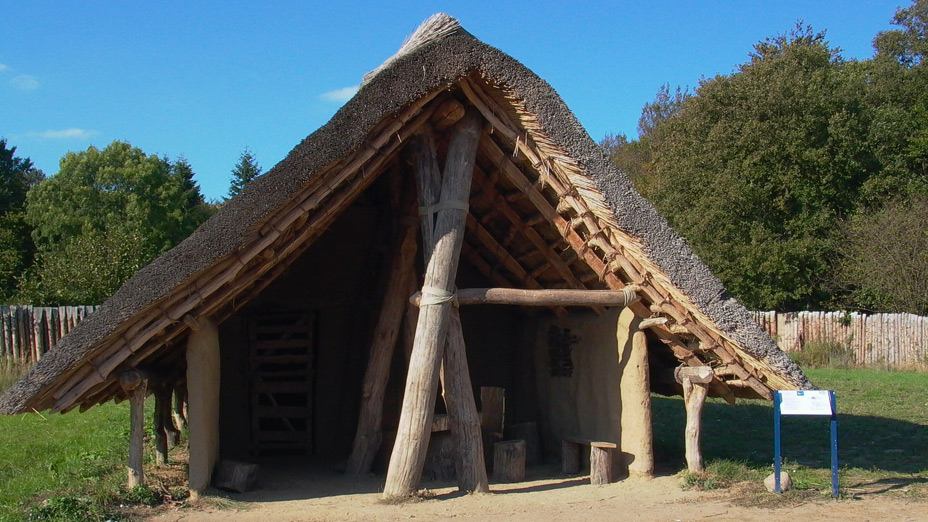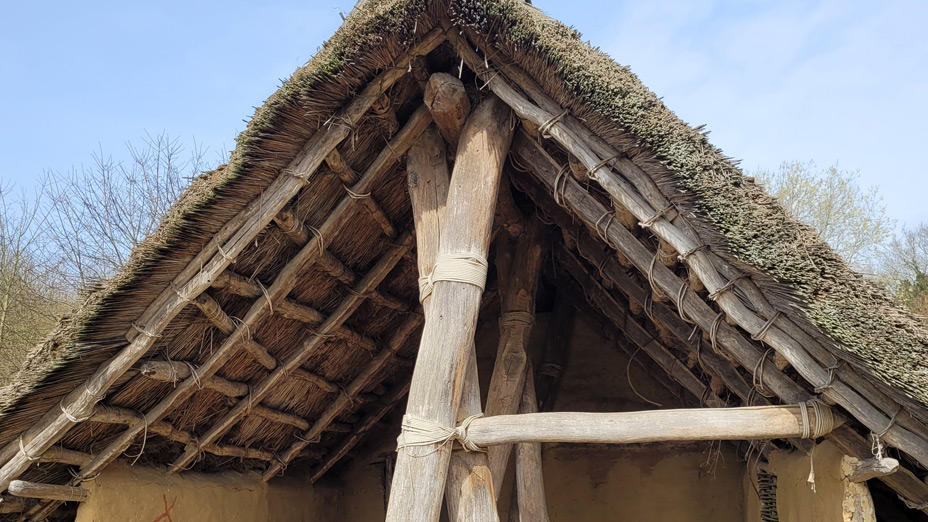Stone Age House of Flögeln
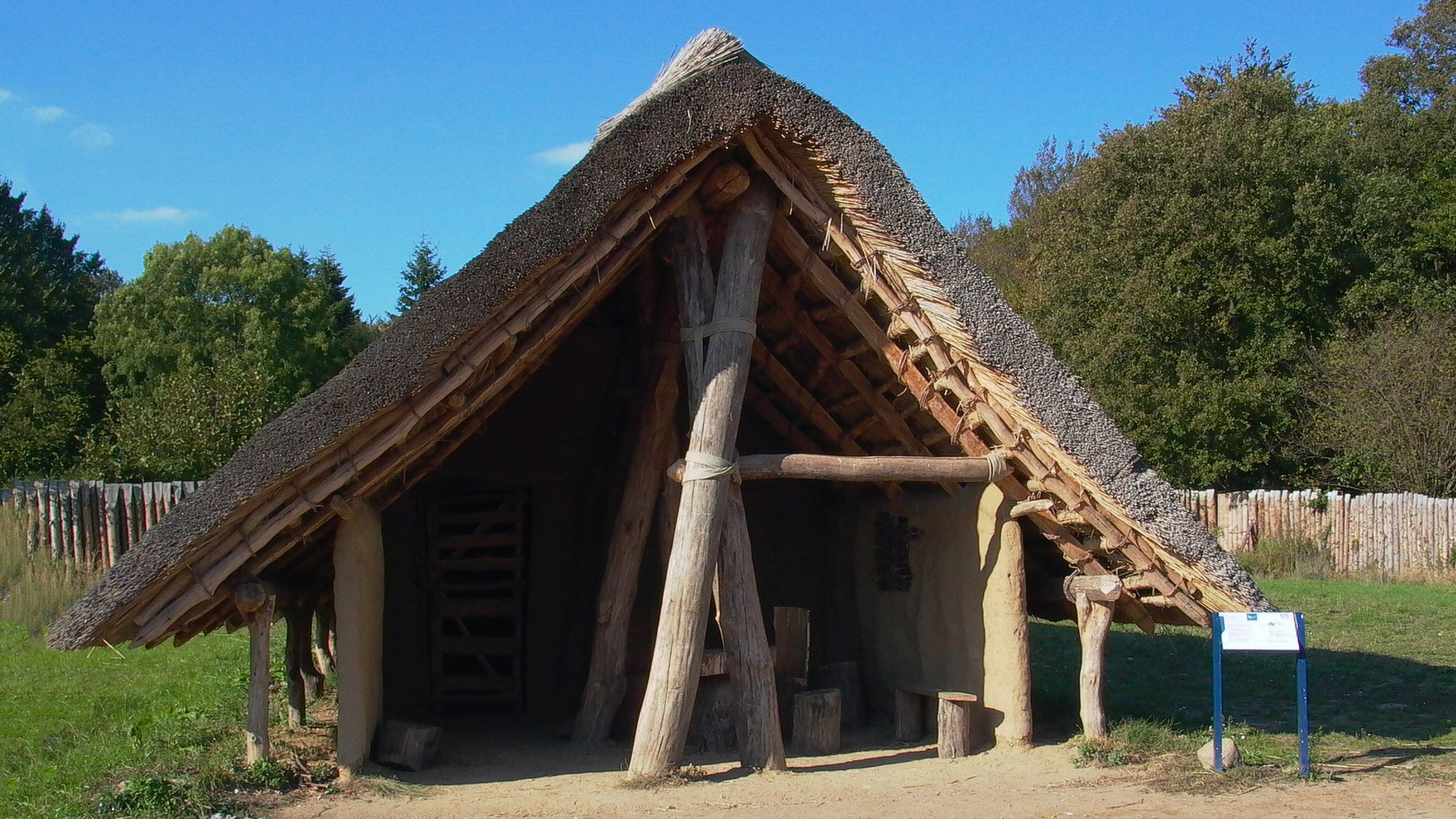
Name of the building in the museum in English: Stone Age House of Flögeln
Name of the building in local language (as used in the museum): Steinzeithaus Flögeln
Local Language: German
Type of building:
Reconstruction (a new building, based on either historical or archaeological sources but without using original substance)
Museum where the building is presently located:
Steinzeitpark Dithmarschen (DE)
To be included (?)
Please select extra information below:
The original building or its remains: Source and Inhabitants
Source Material
Name of the location: Flögeln - Eekhöltjen | See Google Map below
Address: Im Seegen | Geestland - Flögeln. 27624 | Germany
Organisation responsible for in situ excavation:
Niedersächsisches Landesinstitut für historische Küstenforschung | Germany | Website
Name of the person responsible for the excavation: Wolf H. Zimmermann
Role of the person documenting: Archaeologist
When the excavation took place: 1971-1986
Source(s): Relevant academic literature (1.7 MB) | Photo from the excavation and drawings
R. Kelm. 2011. Steinzeithäuser aus dem Elbe-Weser-Dreieck im Steinzeitpark Dithmarschen. Die Nachbauten der jungsteinzeitlichen Bauernhäuser von Flögeln und Pennigbüttel im Originalmaßstab. In: Jahrbuch der Männer vom Morgenstern, Nr. 90, S. 249 – 258.
W. H. Zimmermann. 2000. Die trichterbecherzeitlichen Häuser von Flögeln-Eekhöltjen im nördlichen Elbe-Weser-Gebiet. In: R. Kelm (ed.), Vom Pfostenloch zum Steinzeithaus. Albersdorfer Forschungen zur Archäologie und Umweltgeschichte, Bd. 1. Heide, S. 111 – 115.
53.663387, 8.806284
Time and Inhabitants
The historical /archaeological time period of the original building is:
Neolithic
The original building date / date of first construction of the building is:
3200 BC
Cultural group is known as:
Funnel Beaker Culture
Is the information about the original building's owners / users / inhabitants known?
No
About the original building
The original building was:
Part of a settlement
If part of a settlement, what is the original building's environment:
Household / homestead
What was the name of the household?
Unknown
What was the location of the original building within the household?
Unknown
The original function of the (original) building was:
Residential
If the original building was residential, the primary type was:
Farmhouse
Has the building's function of use changed through its history?
No
The building in the museum: Basic facts and Construction process
The importance
The reason to present this building in the museum is:
The building is a rare specimen of its type, The building is important to the national or regional context, The building is of technological interest
Please explain the rarity:
There are only a very few findings and excavations of neolithic houses in Northern Germany.
Please explain about its national or regional context:
The Flögeln-House Type is typical for the southern north sea coast oriented neolithic house structures in neolithic times.
Please explain the specific technological interest:
The construction of the bearing posts with an A-type is very seldom and special.
The reconstructed building was build on the site of the archaeological feature:
No

The location in the museum
Registration number / name / inventory number of the building: Neo 1
Location in the museum: In the area of the neolithic village (open-air area)
The building in the museum is: Stand-alone
Documentation of the Construction Process
Is the organisation constructing / rebuilding the building in the museum a RETOLD partner:
Yes
Name of the organisation conducting the construction / rebuilding:
Steinzeitpark Dithmarschen (DE)
Name of the person responsible for construction:
Rüdiger Kelm
Role of the person within the organisation:
Archaeologist
Significant diversion
Is there a significant diversion in the construction from the original:
Yes
Please provide reasons for the changes:
Safety reasons, costs, durability
Are materials, techniques or tools diverging from historical/archaeological accuracy?
Yes
Please provide reasons for the changes:
Safety reasons, costs durability


